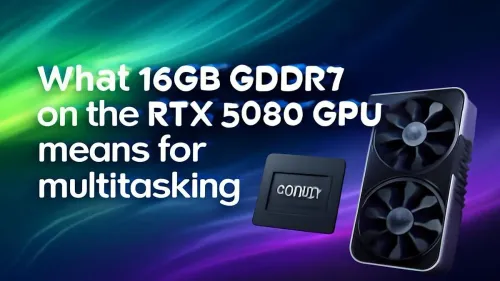
Boost Multitasking with 16GB GDDR7 GPU
Discover how 16GB GDDR7 on the RTX 5080 GPU transforms multitasking. 🔥 Elevate your workflow now!
NVIDIA Blackwell GPUs break down what's new in the RTX 50 series — architecture, AI cores, ray tracing, and real-world gains for gamers and creators. ⚡️📈





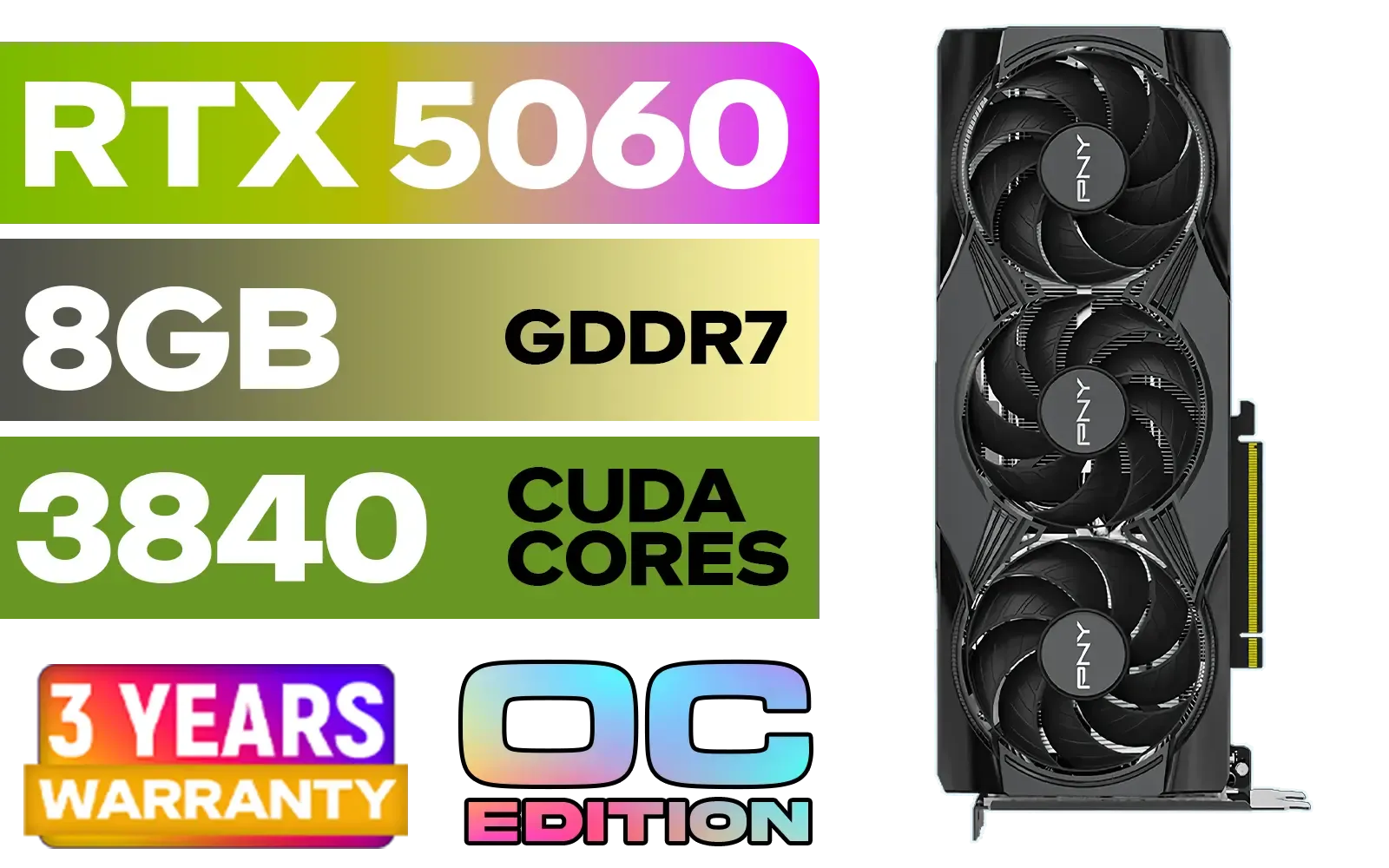

It feels like the RTX 40 Series just landed, but the tech world never sleeps. Whispers from the grapevine are getting louder, and they’re all saying one word: Blackwell. The NVIDIA Blackwell GPU architecture is poised to power the next generation—the GeForce RTX 50 Series—and for South African gamers, that means one big question: should you upgrade now or wait? Let’s break down what we know about the NVIDIA Blackwell GPUs and what it means for your next rig.
Every few years, NVIDIA releases a new microarchitecture that defines its next wave of graphics cards. We had Ampere (RTX 30 Series) and Ada Lovelace (RTX 40 Series), and next up is Blackwell, named after American mathematician David Blackwell. While the consumer-focused NVIDIA Blackwell GPUs for the RTX 50 Series are still under wraps, the enterprise versions give us massive clues.
The big shift is a rumoured move to a multi-chip module (MCM) design for the top-tier chips, like the potential RTX 5090. Think of it like two smaller, powerful chips working together as one giant, incredibly fast GPU. This, combined with a cutting-edge manufacturing process from TSMC, is expected to deliver a serious performance uplift over today's cards.
So, what does all that technical jargon mean for your frame rates in Helldivers 2 or Cyberpunk 2077? Here’s what the leaks and analysis are pointing towards for the RTX 50 Series.
The primary goal is always more power. Leaks suggest the flagship Blackwell GPUs could offer a significant performance jump over the already mighty RTX 4090. This isn't just about higher clock speeds; it's about a smarter, more efficient design. The new architecture, potentially built on a 3nm process, aims to deliver more performance per watt. This is great news for anyone worried about their electricity bill during a long gaming session... or Stage 6 load shedding.
One of the most concrete upgrades we expect is the move to GDDR7 video memory. This new memory standard promises much higher bandwidth than the GDDR6X found in current high-end cards. What does that mean for you? Faster loading times, smoother performance at ultra-high resolutions like 4K and 8K, and better handling of massive, detailed game worlds. It’s a foundational upgrade that will let the powerful NVIDIA Blackwell GPUs really stretch their legs.

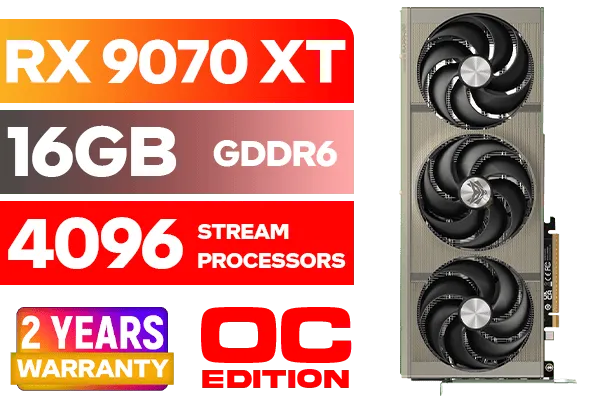




NVIDIA’s Deep Learning Super Sampling (DLSS) has been a standout feature, using AI to boost frame rates with incredible image quality. The RTX 50 Series is set to push this even further. We can expect a more advanced version of DLSS, likely leveraging the new architecture’s enhanced AI capabilities for even cleaner image reconstruction and possibly new features like AI-driven NPCs or physics. For gamers, this means getting high-end performance on a wider range of hardware, including the eventual mid-range cards like the anticipated MSI GeForce RTX 5060 Ti.
Before you even think about an RTX 50 Series GPU, check your power supply unit (PSU) and case. Next-gen cards are powerful but can be power-hungry and physically large. Make sure your PSU has enough wattage and the correct connectors (like the 12VHPWR), and measure your case's internal clearance to ensure the new card will actually fit!
This is the million-rand question. If you’re currently rocking an RTX 30 or 40 series card and are happy with your performance, waiting to see what the NVIDIA Blackwell GPUs officially bring to the table is a smart move. The biggest performance gains are always at the high end first, so if you’re eyeing an RTX 5080 or 5090, patience will be rewarded.
However, if your current GPU is struggling with modern titles and you’re on a tighter budget, waiting might not be the best play. The current market for NVIDIA graphics cards offers fantastic value, and you could enjoy a massive upgrade right now instead of waiting another six months to a year. For many gamers, a card from the RTX 4060 or 4070 family is more than enough power.
Ultimately, it comes down to your needs and budget. If your PC is chugging along with an older card, don't feel pressured to wait for the next big thing. A modern upgrade today is often better than a hypothetical one tomorrow. In fact, for many people who haven't upgraded in years, even a jump to one of the older but still capable NVIDIA GeForce graphics cards can feel like a night-and-day difference without breaking the bank.


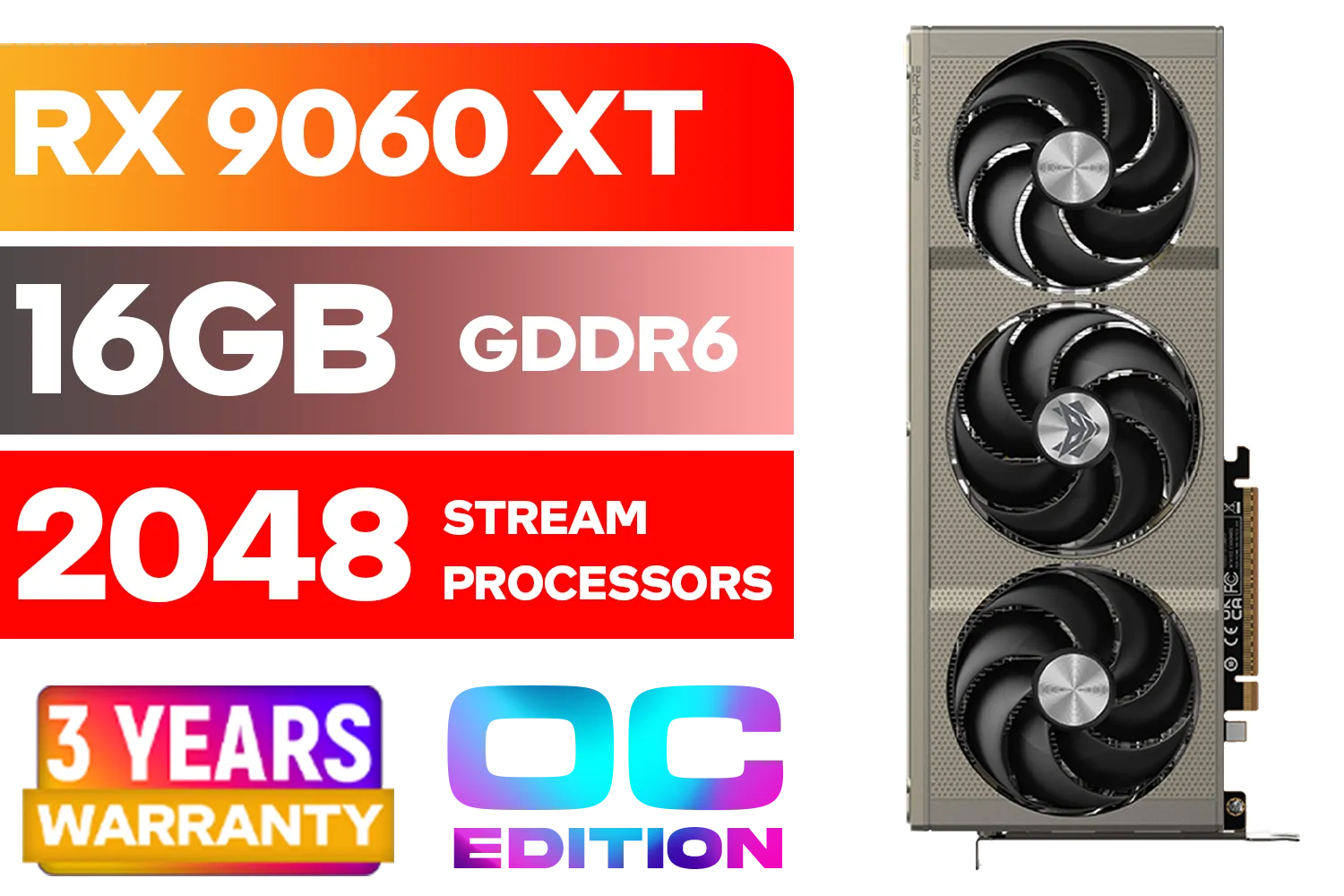

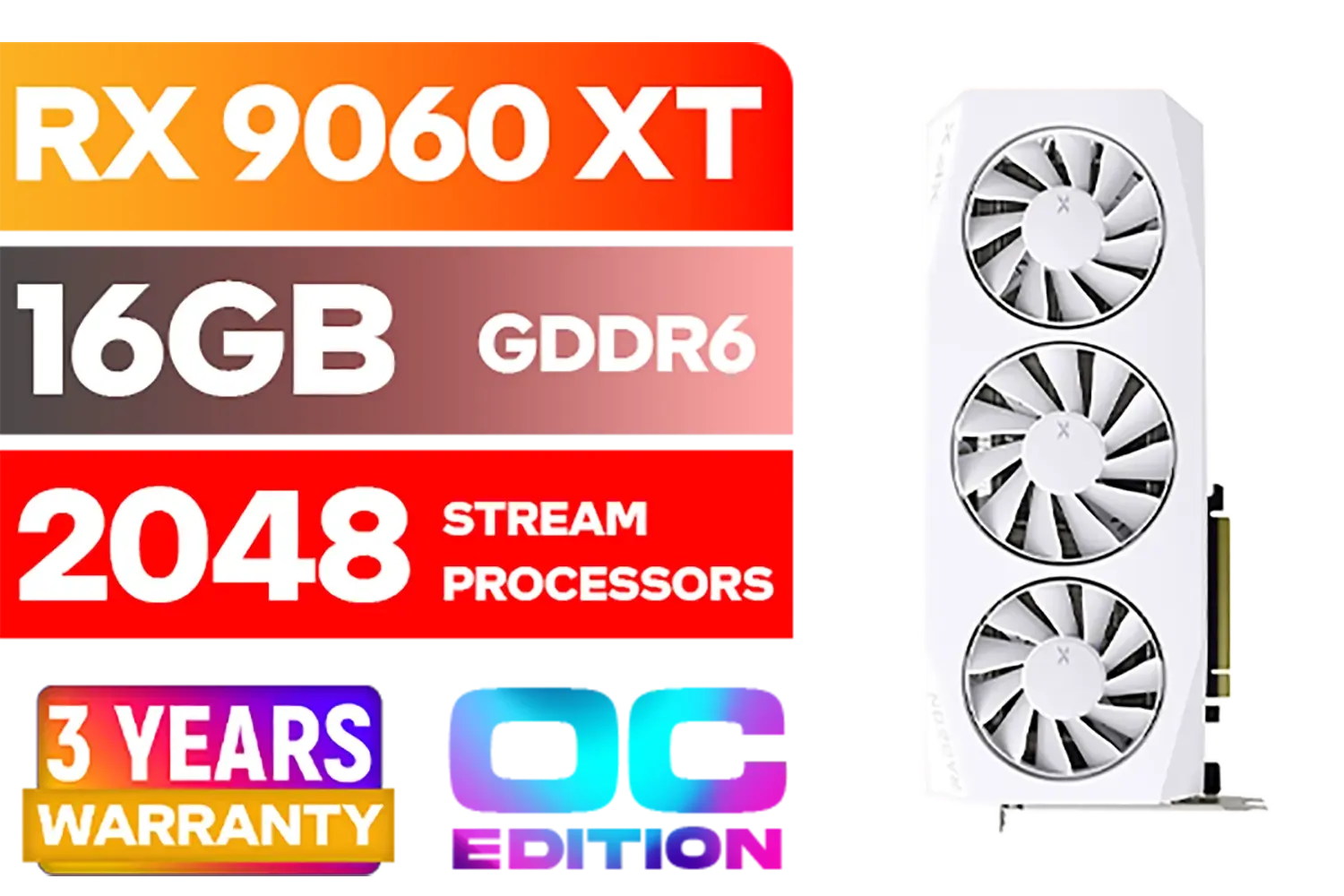

Ready to Boost Your FPS? Whether you're waiting for the RTX 50 Series or need a powerful upgrade today, finding the right GPU is key. The Blackwell architecture is exciting, but the current value in the RTX 40 series is undeniable. Explore our huge range of NVIDIA graphics cards and find the perfect engine for your gaming rig.
Blackwell architecture is NVIDIA's next-gen GPU design powering the RTX 50 series, focused on AI Tensor cores, improved ray tracing, and efficiency.
Early RTX 50 series performance shows generational gains in ray tracing and AI tasks; real-world uplift varies by model and workload.
Yes — Blackwell AI Tensor cores boost training and inference, improving creator tools and AI workflows over previous generations.
RTX 50 power efficiency improves per-watt performance via architectural tweaks and node optimizations, lowering energy use under load.
Best RTX 50 for gaming depends on your budget; higher-tier Blackwell cards excel at 4K ray tracing, mid-range models balance price and fps.
If you need AI features or top ray tracing performance, follow the upgrade path to RTX 50; otherwise wait for benchmarks and price drops.
NVIDIA has staggered announcements; check launch coverage and Blackwell GPU benchmarks from reputable reviewers for real numbers.